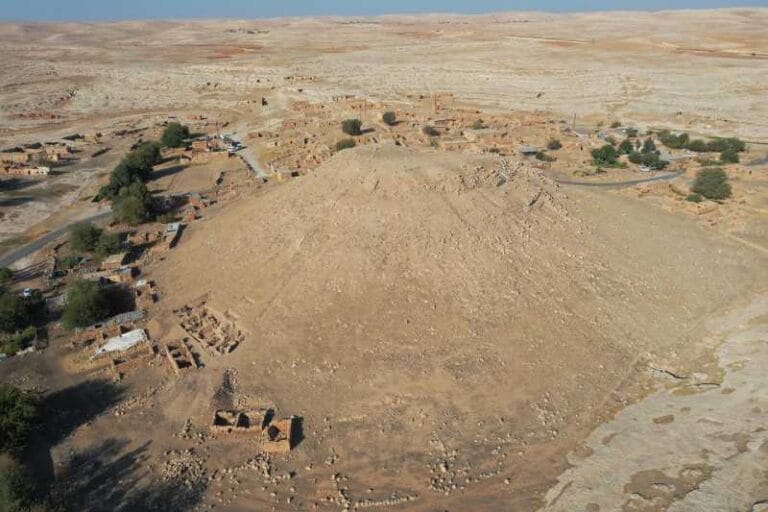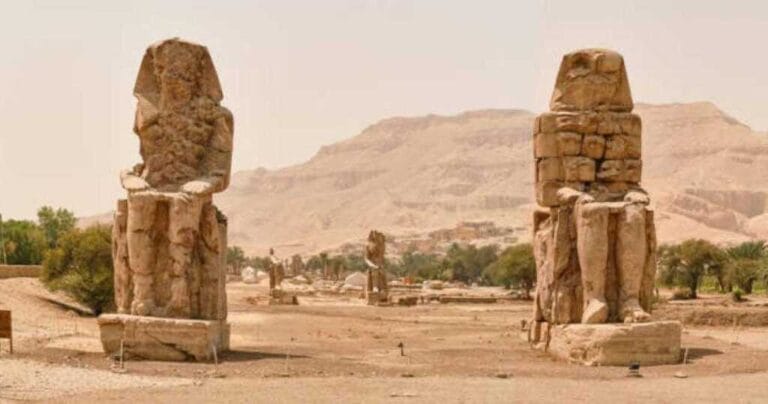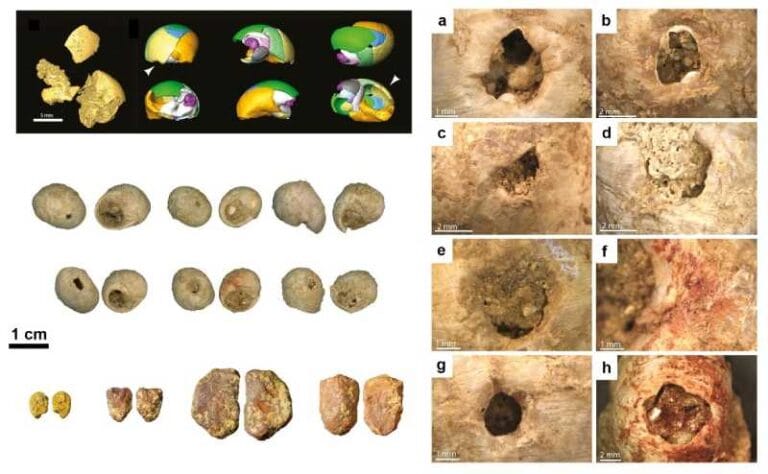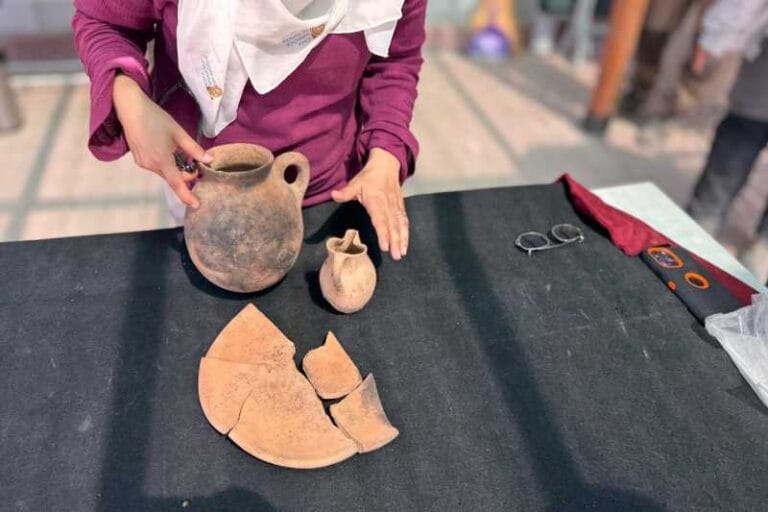17th century treasure found in a German church

Restorers at a renowned Gothic church in Germany have unearthed a “massive fortune” hidden within the leg of a statue for nearly 400 years. The treasure — four bags containing coins from the 1600s — was likely stashed away during the turbulent Thirty Years’ War, a period marked by frequent plundering by Swedish soldiers in the region.
“This is an incredible story,” said Ulf Dräger, curator and head of the department at the State Coin Cabinet of Saxony-Anhalt, in an email to Live Science. The discovery was made in May 2022 at St. Andrew’s Church, a Gothic landmark in Eisleben, located in Saxony-Anhalt, but was not publicly announced until November 2024. Notably, this church holds historical significance as the site where Martin Luther, the Protestant Reformer who authored the “Ninety-five Theses” condemning corruption in the Roman Catholic Church, delivered his final four sermons in 1546.
Nearly a century later, around 1640, someone sought refuge in the church and hid the treasure. The four “bulging purses,” containing 816 coins, were concealed within a cavity in the leg of a sandstone statue. This statue, part of an epitaph honoring a countess and count, served as a secure hiding spot during the chaos of the war, Dräger explained.
“It is nothing short of a miracle that the treasure did not come to light sooner,” he added. It will take time for coin experts to assess the hoard’s value, but “at the moment, I can only say that it is a huge fortune. Much more than a craftsman could earn in a year,” he noted.
The most valuable gold coins in the treasure were carefully wrapped in paper and labeled, suggesting that the money originally belonged to the church treasury.
However, it is not the bell pouch for the Sunday collection,” Dräger said. “Instead, it is the collected income from special services provided by the pastors,” such as weddings, baptisms and funerals. Pastors also collected money from “chair fees,” in which congregants would pay to sit in prominent seats in the church, he added.

The stash consists of a remarkable assortment of coins, including a gold coin known as a “golden angel,” gold ducats and double ducats, silver thalers, half-thalers, and quarter-thalers, as well as hundreds of pennies.
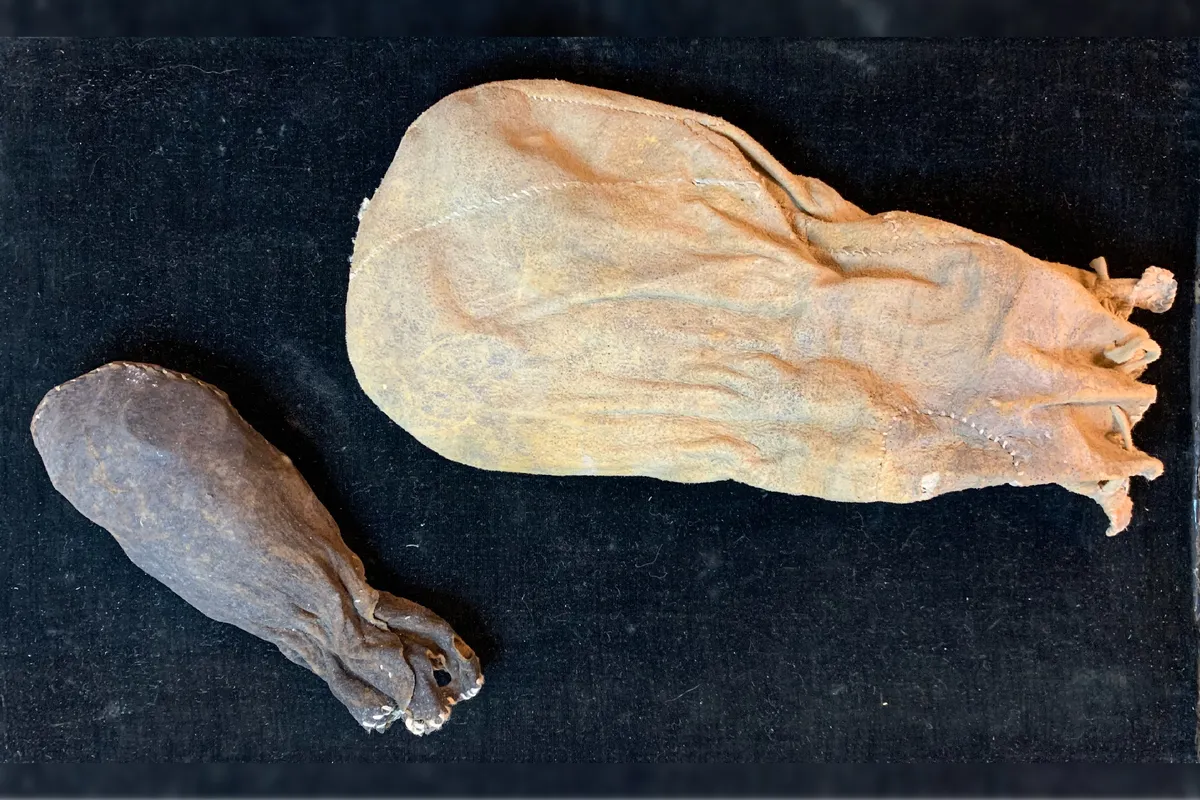
The hoard was concealed during the Thirty Years’ War (1618–1648), a devastating series of conflicts initially sparked by the Holy Roman Emperor’s efforts to enforce religious control over his realm. Over time, the war expanded to include political, territorial, and commercial disputes across neighboring regions of Europe. During this period, Swedish soldiers frequently plundered Saxony-Anhalt, including Eisleben, often on a weekly basis. Local residents were compelled to house and feed the Swedish troops while also paying them exorbitant sums of money.
“Eisleben lost around half of its population between 1628 and 1650,” Dräger said. “[It was] a picture of constant war horror.”
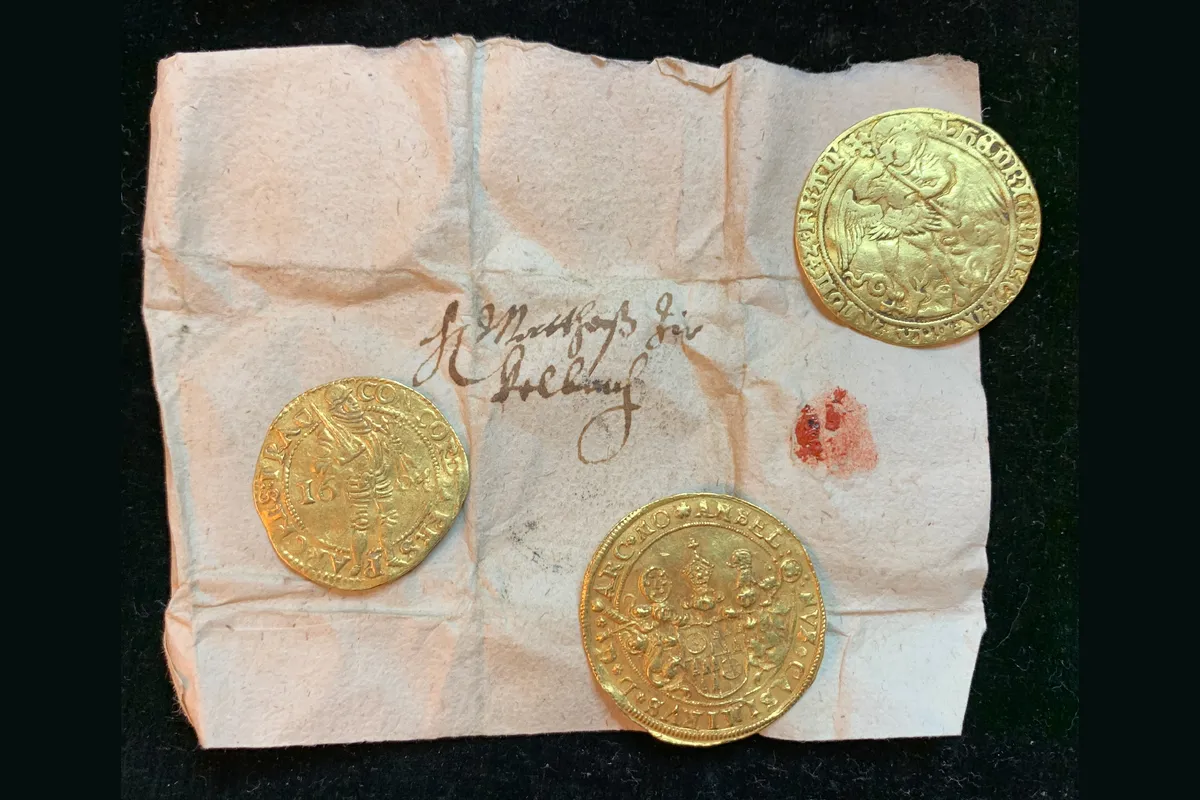
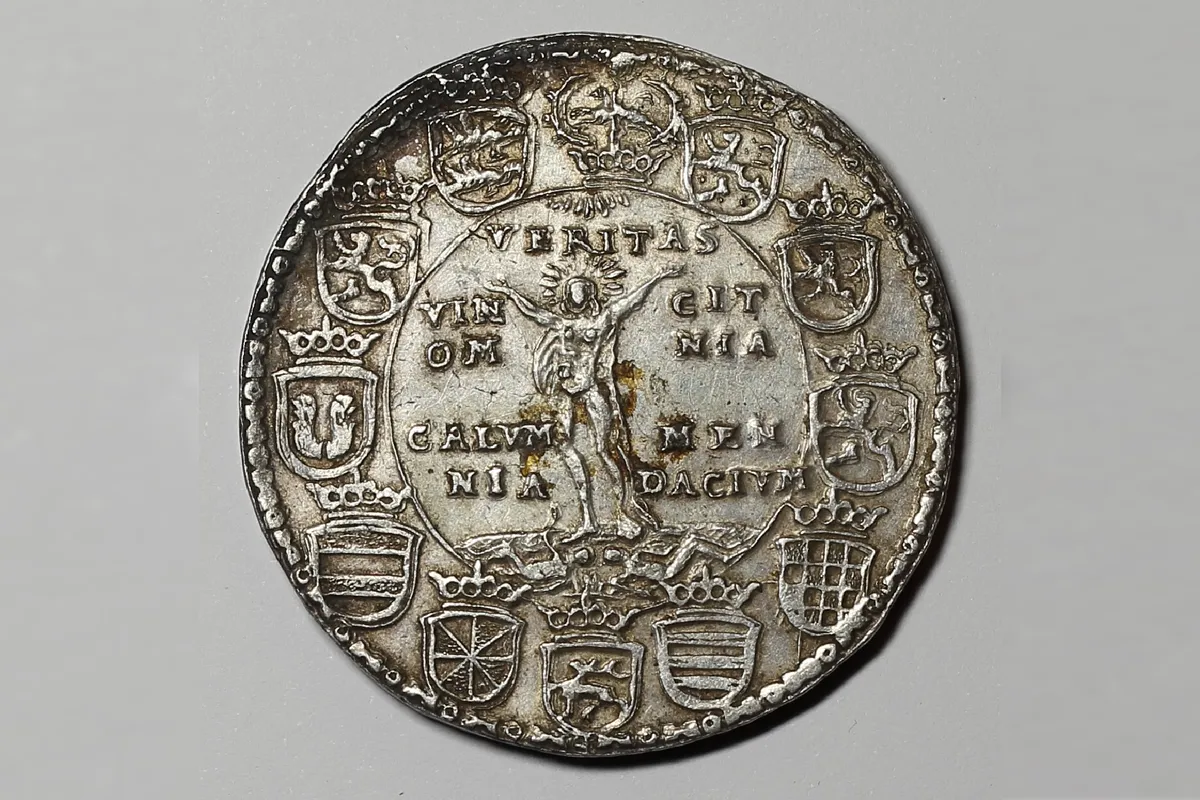
To put the treasure into perspective, a successful miner in the region during the 17th century earned about 1 thaler, or 24 pennies, per week, according to Dräger. At the time, a pound (0.45 kilograms) of butter cost approximately 3 pennies, and two herrings were priced at 2 pennies. The hoard not only includes valuable gold and silver coins but also about 800 pennies, a significant sum in its day.
“The loss of this hoard was likely a tragedy at the time,” Dräger noted. “This makes the find a highly significant historical and real testimony, not only for Eisleben, but also for the history of the state of Saxony-Anhalt in the heart of Europe,” he said.
Historians have documented that, starting in 1561, Eisleben maintained an Aerarium Pastorale—a communal parish fund. This fund served multiple purposes, including providing pensions and health benefits for pastors, acting as a form of social insurance, and supporting the education and training of theologians. “Perhaps we now have this fund before us,” Dräger said. “Historical research will show this.”
Researchers plan to analyze each coin in detail and document their findings both online and at the Moritzburg Art Museum in Halle. Additionally, they will share their discoveries with the public through a presentation at St. Andrew’s Church.
“It is a stroke of luck that the Lutherstadt Eisleben Protestant Parish Association has decided to lend the coins to the museum to enable research to be carried out,” Dräger said.


